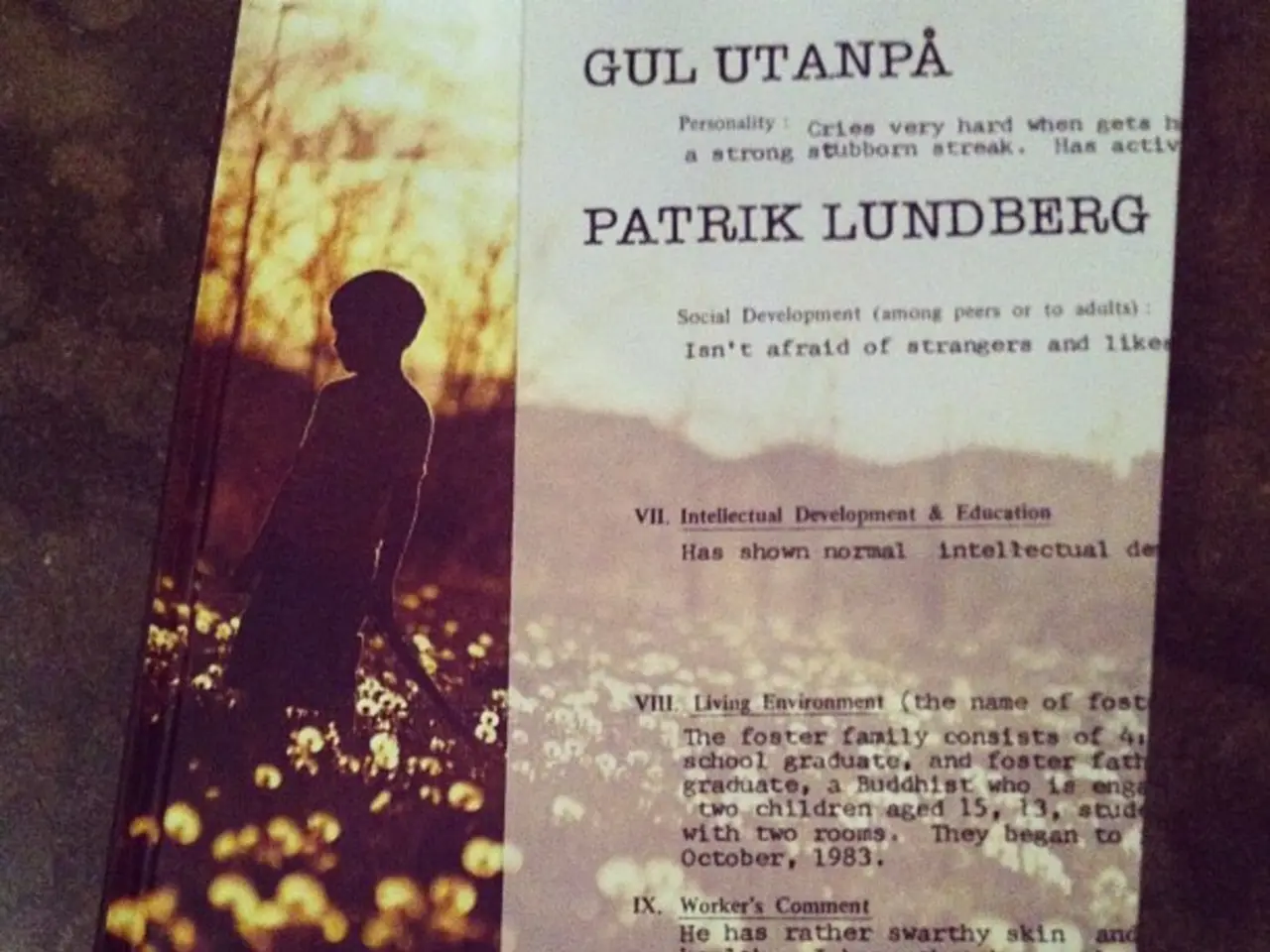Genetic risks associated with offspring born from cousin marriage revealed by biologist
King Carlos II of Spain, also known as Carlos II 'The Bewitched', was a monarch who ruled during the 17th century. Tragically, he died at the age of 38 without any descendants, leaving a striking example of the potential consequences of having children with close relatives.
This case highlights the significance of genetics in understanding the effects of consanguinity, a topic recently discussed by biologist Maria Albert, known on TikTok as @virtual_diva.
Carlos II had a high coefficient of inbreeding, a result of generations of incestuous relationships within his family. This led to a multitude of congenital diseases and infertility issues.
Humans, like King Carlos II, have 46 chromosomes, where all genetic information is stored. Each of these chromosomes carries thousands of genes, and each gene has two versions or alleles, one from each parent.
In most cases, the dominant allele will manifest, while the recessive allele remains dormant. However, if both parents are closely related and carry the same recessive allele for a disease, there is a higher chance of the disease manifesting in their children.
As an example, Maria Albert used the disease hemophilia, which affects blood coagulation. If a person with hemophilia has a child with an unrelated person, their child is likely to be healthy due to the dominant healthy allele.
However, if both parents carry the genetic information for the disease, there is a risk that the disease may manifest in their children. This underscores the importance of considering genetic factors when considering relationships and the potential consequences for future generations.
While the specific disease associated with the risks of relatives having children together in the case of biologist Amelie Reigl, known on TikTok as Mafer, was not detailed in the search results, it serves as a reminder of the potential risks and the importance of understanding genetics in our lives.




